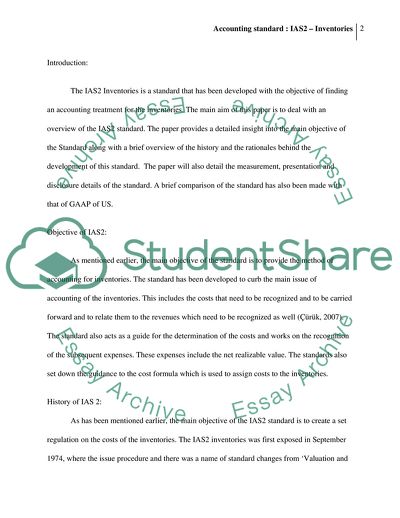Cite this document
(The IAS2 Inventories Accounting Standard Report, n.d.)
The IAS2 Inventories Accounting Standard Report. https://studentshare.org/finance-accounting/1734613-accounting-standard-ias2-inventories
The IAS2 Inventories Accounting Standard Report. https://studentshare.org/finance-accounting/1734613-accounting-standard-ias2-inventories
(The IAS2 Inventories Accounting Standard Report)
The IAS2 Inventories Accounting Standard Report. https://studentshare.org/finance-accounting/1734613-accounting-standard-ias2-inventories.
The IAS2 Inventories Accounting Standard Report. https://studentshare.org/finance-accounting/1734613-accounting-standard-ias2-inventories.
“The IAS2 Inventories Accounting Standard Report”. https://studentshare.org/finance-accounting/1734613-accounting-standard-ias2-inventories.


